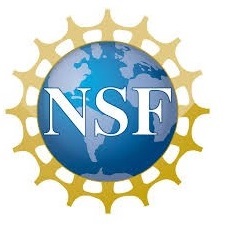Diane Darland, Ph.D., Associate Professor (Not hosting REU participants Summer 2023)
Project: How the brain comes together: neural-vascular interactions in cortex development
Mentor: Diane Darland, Ph.D., Associate Professor
Location: Department of Biology, Starcher Hall
Description: Neural-vascular interactions can impact the development of the central nervous system as well as the plasticity of neural stem cells (NSC) and developing neurons while the brain is forming. Among the current questions in the brain development field are: (1) how do blood vessels and neurons communicate while the brain is forming?; (2) what factors are involved in regulating these processes?; and (3) is epigenetic regulation of gene expression part of the micro-environmental signaling? Neuro- genesis requires the coordinated regulation of NSC proliferation, initiation of differentiation with exit from the cell cycle, and acquisition of differentiated properties associated with a given cellular function (i.e., differentiated neuron). My lab is investigating the coordinated regulation of heterotypic cell-cell interactions during brain angiogenesis, neurogenesis, and neural differentiation. This project uses a tri-culture system consisting of primary brain endothelial cells and myofibroblasts cultured together in capillary-like tubes on one side of a Transwell™ membrane with primary neural precursors cultured on the other. We are investigating the timing, molecular regulators, and epigenetic mechanisms involved in the NSC fate choice and the neural-vascular interactions. Results of this project will help us to better understand the different cell-cell interactions that occur while the brain is forming, during post injury repair (stroke) or under stress (neuroinflammation or neurodegeneration). REU students will learn microdissection, primary culture isolation and sterile tissue culture techniques, immunohistochemistry, apoptosis and proliferation detection, and confocal and standard microscopy as well as a variety of cell and molecular techniques ranging from PCR-subcloning and sequencing to RNA purification, cDNA synthesis, and quantitative real-time PCR.

